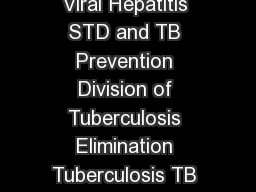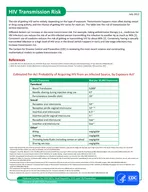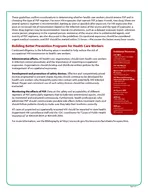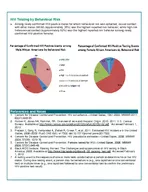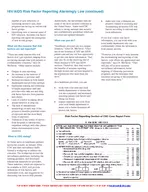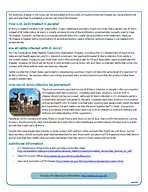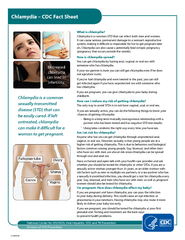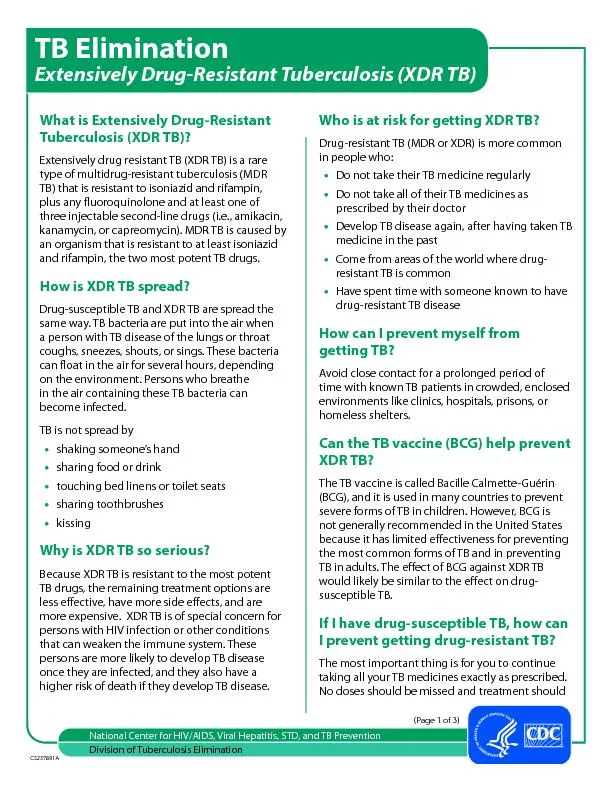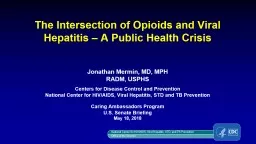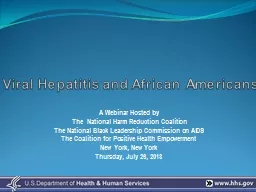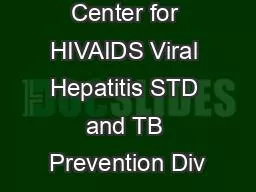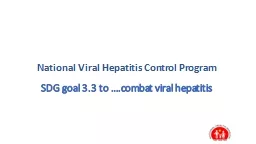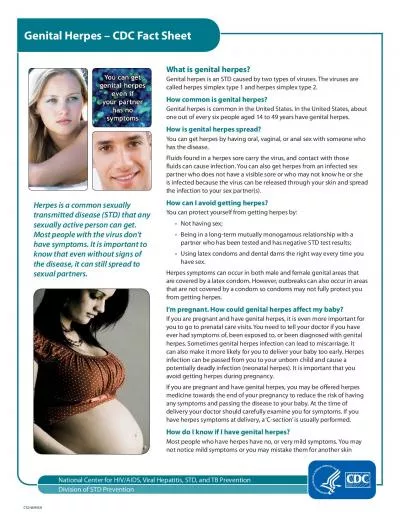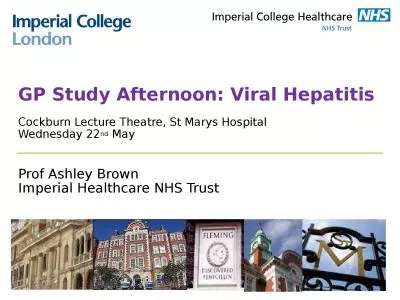PDF-CS Testing for Tuberculosis TB National Center for HIVAIDS Viral Hepatitis STD and TB
Author : faustina-dinatale | Published Date : 2014-12-14
When someone who is sick with TB coughs speaks laughs sings or sneezes people nearby may breathe TB bacteria into their lungs TB usually attacks the lungs but can
Presentation Embed Code
Download Presentation
Download Presentation The PPT/PDF document "CS Testing for Tuberculosis TB National ..." is the property of its rightful owner. Permission is granted to download and print the materials on this website for personal, non-commercial use only, and to display it on your personal computer provided you do not modify the materials and that you retain all copyright notices contained in the materials. By downloading content from our website, you accept the terms of this agreement.
CS Testing for Tuberculosis TB National Center for HIVAIDS Viral Hepatitis STD and TB: Transcript
Download Rules Of Document
"CS Testing for Tuberculosis TB National Center for HIVAIDS Viral Hepatitis STD and TB"The content belongs to its owner. You may download and print it for personal use, without modification, and keep all copyright notices. By downloading, you agree to these terms.
Related Documents

